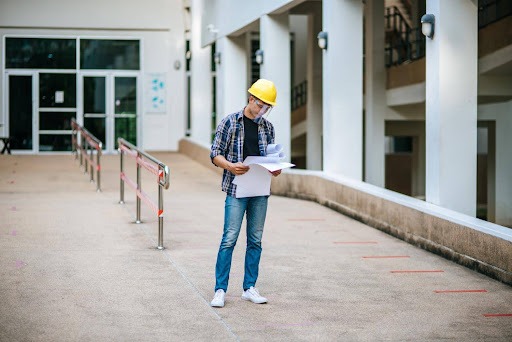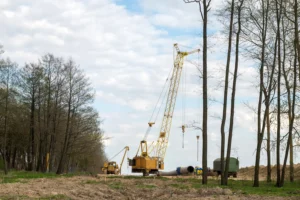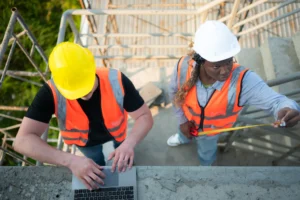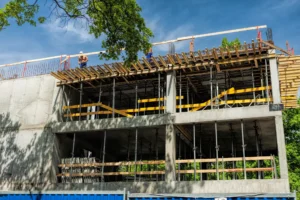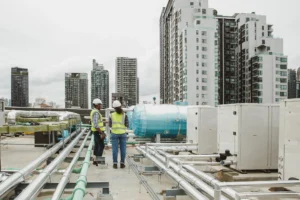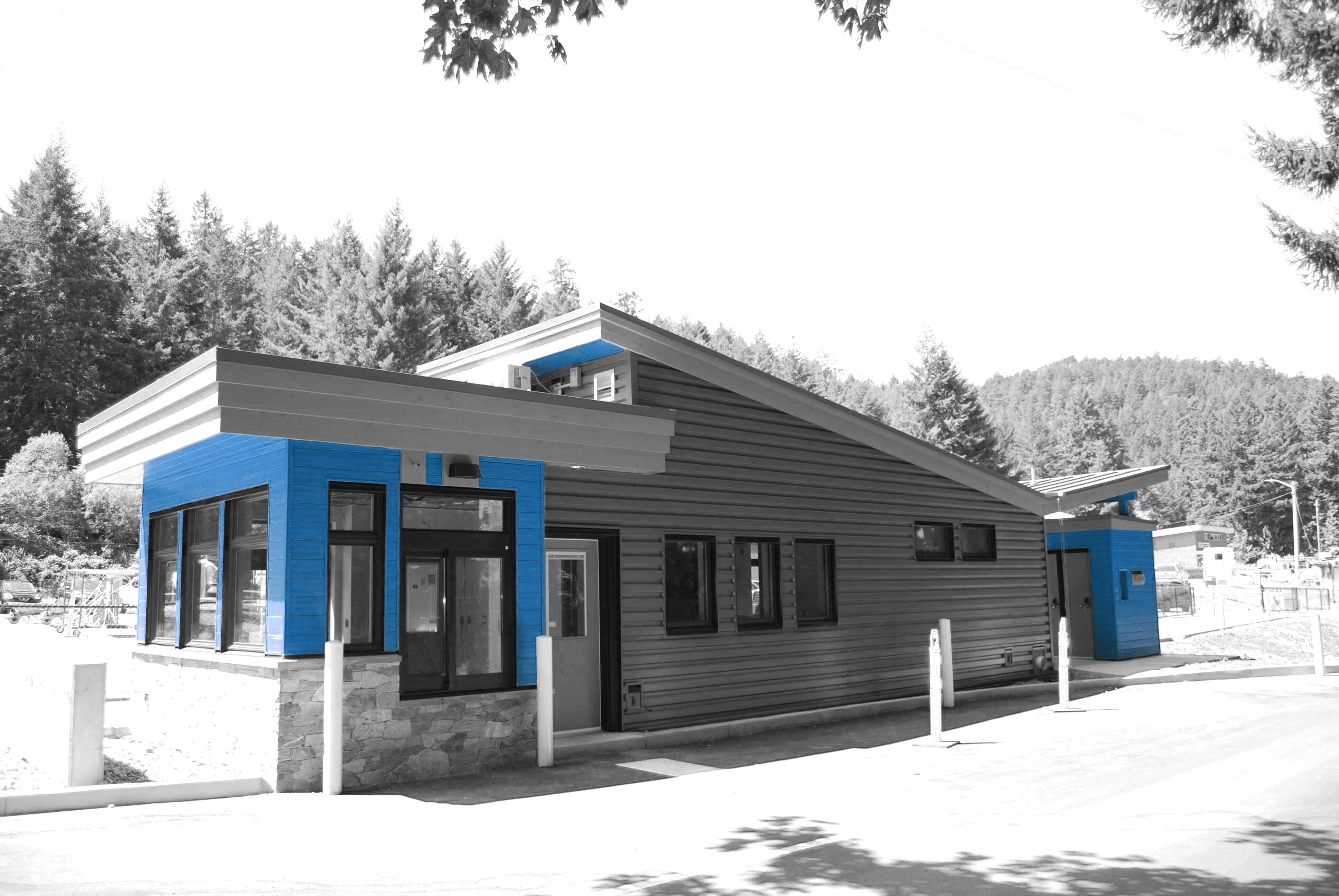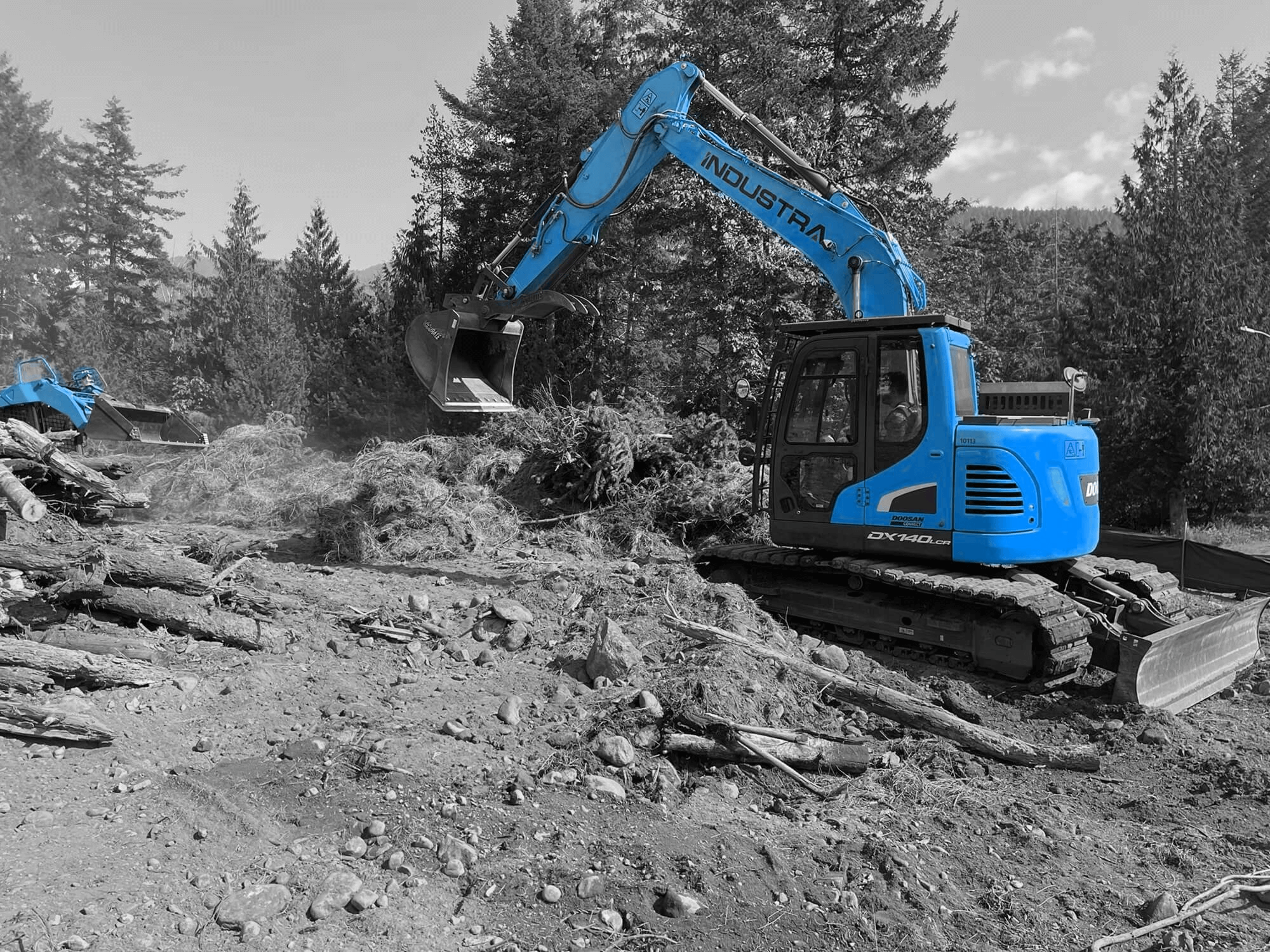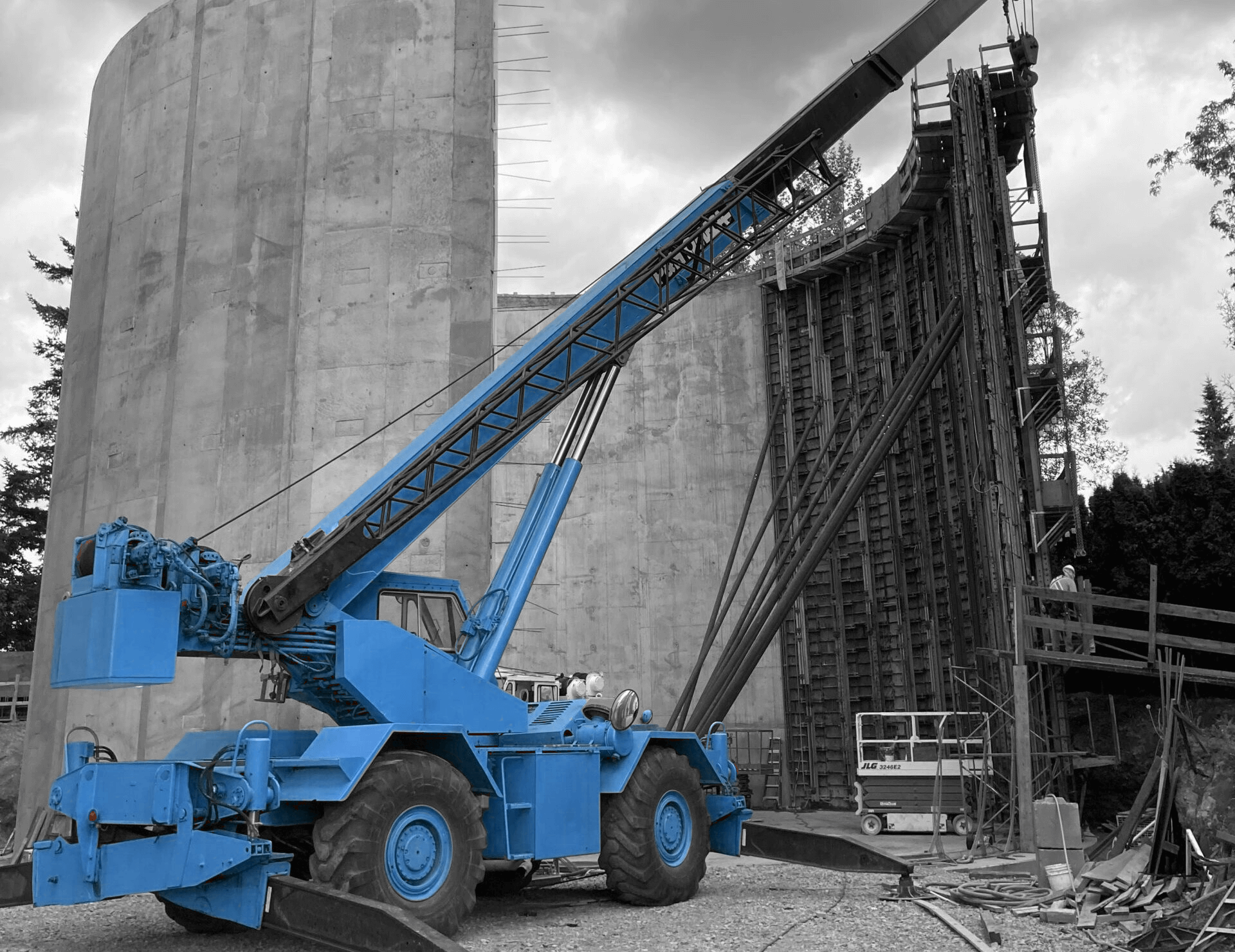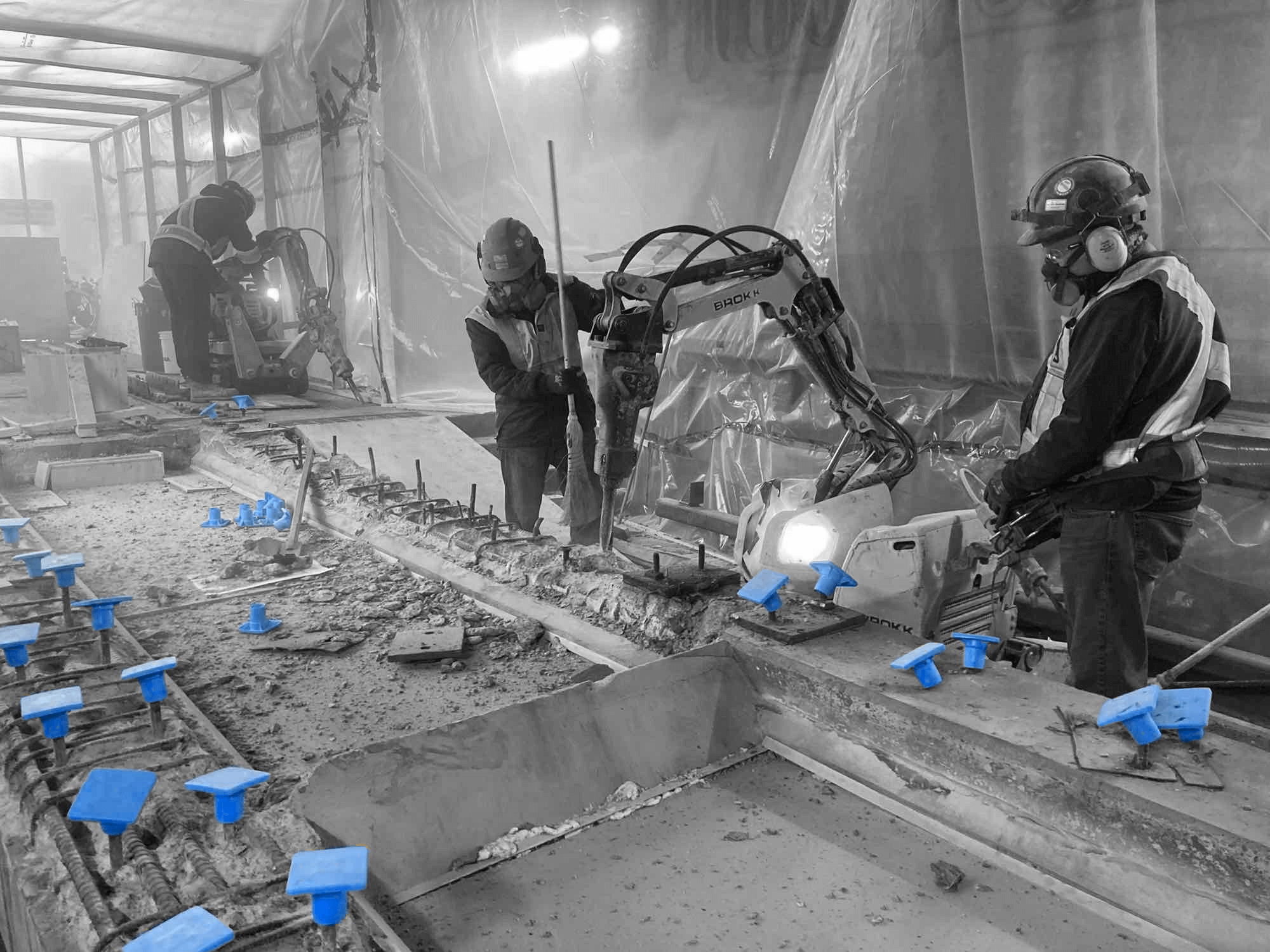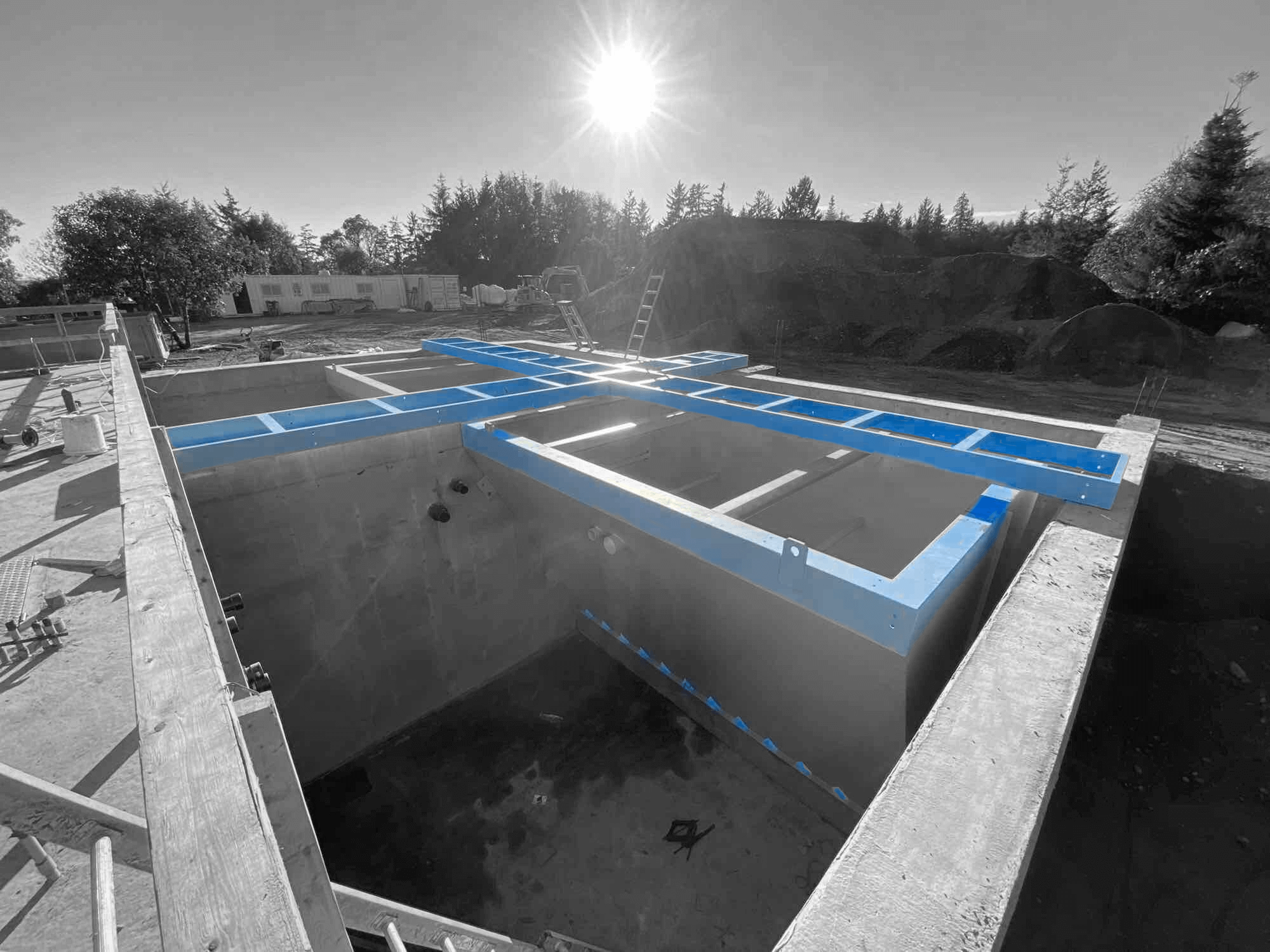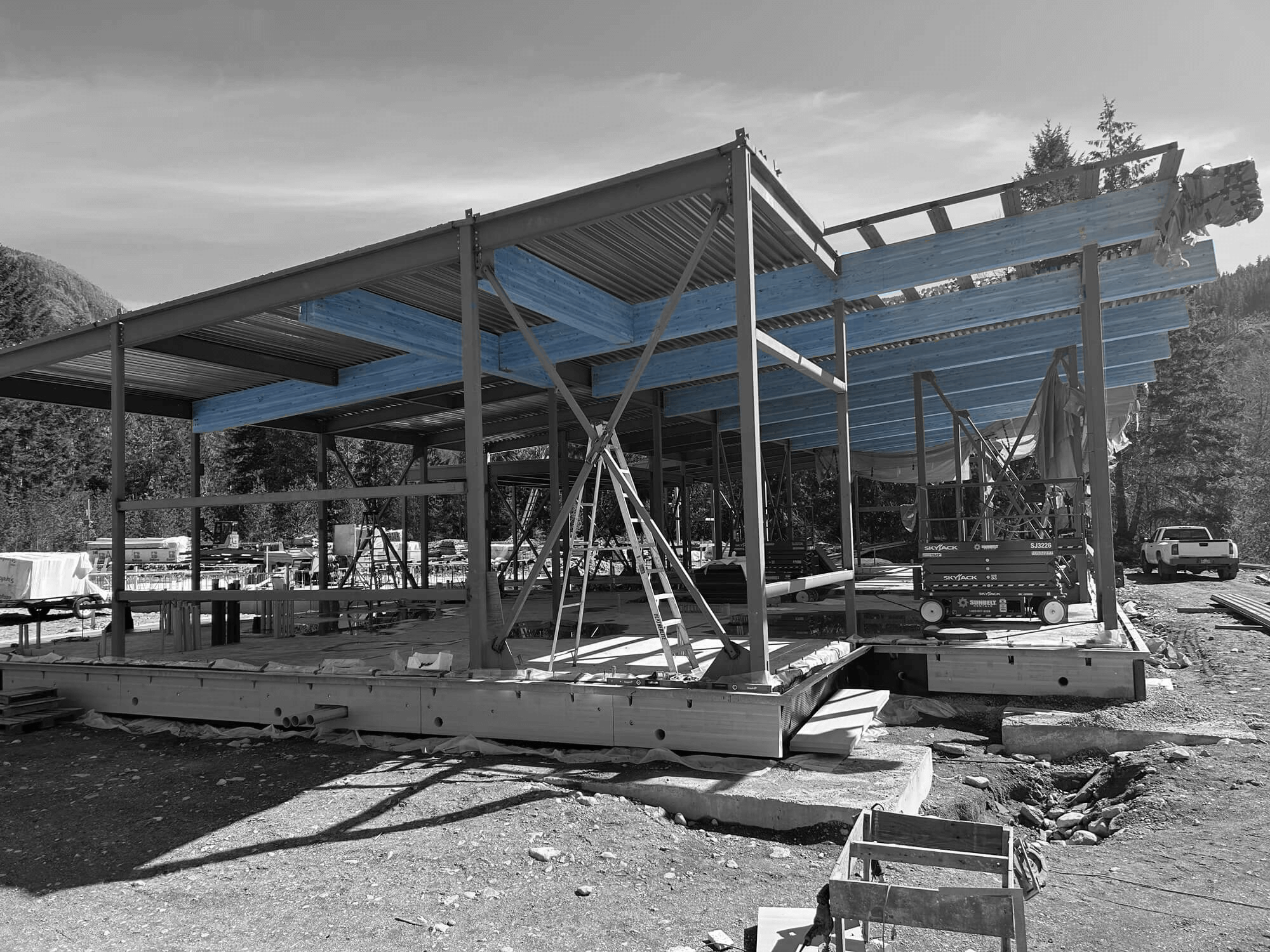Building a strong school is about more than bricks and mortar. It’s about creating a safe and engaging environment where students can learn and grow. General contracting plays a vital role in making this vision come to life. It involves careful planning, good design, and skilled execution to ensure that schools meet the needs of students and staff alike.
The process of school construction requires a harmonious blend of creativity and practicality. From selecting the right materials to meeting strict safety regulations, every decision impacts the final outcome. General contractors serve as the backbone of this process, guiding projects from initial drawings to the opening of school doors.
A successful school project involves more than just building walls; it requires integrating functionality with aesthetics and ensuring lasting resilience. This demands attention to detail and a focus on quality. Understanding the role of general contracting can help navigate these challenges, ensuring that new schools become vibrant centres for education and community.
Understanding the Role of General Contracting in School Development
General contracting is crucial when developing schools. It acts as the main bridge connecting the school board’s vision with the reality of construction. The general contractor oversees everything, coordinating tasks and ensuring the school project is completed on time and within budget.
A general contractor’s role begins early in the project. They participate in planning meetings and work closely with architects and engineers to ensure designs are feasible and cost-effective. During the construction phase, they manage various teams, like electricians and plumbers, ensuring everyone works in harmony.
Here’s what general contractors do:
– Project Management: They organize schedules and budgets, keeping projects on track.
– Coordination: Coordination between different subcontractors is key to maintaining progress.
– Quality Control: Ensuring the work meets the necessary standards and specifications.
– Problem Solving: Addressing unexpected challenges efficiently to minimize delays.
Through these responsibilities, general contractors play an essential role in school development. Their expertise ensures projects move from just blueprints to bustling campuses filled with eager learners. Without their guidance and management, constructing a school can become a tangled process that confuses and delays rather than creates and uplifts.
Key Considerations for School Construction
Building a school involves many important considerations to create environments that inspire learning. Understanding these factors can help make the construction process smoother and more effective.
1. Site Selection and Design
Choosing the right location is vital. The site should be safe, accessible, and large enough for future expansion. The design must accommodate various learning styles, supporting modern teaching methods with flexible spaces.
2. Sustainability
Implementing sustainable practices is increasingly important. Think about using eco-friendly materials and energy-saving systems like solar panels and efficient lighting. Green building techniques not only save costs in the long run but also promote a healthier environment for students.
3. Budget Management
Sticking to the budget is critical. It requires accurate forecasting and careful oversight. General contractors need to plan for unexpected costs and ensure the project remains financially viable throughout its duration.
4. Community Needs
Understanding and incorporating community needs is essential. This involves engaging with local stakeholders to ensure the school reflects the community’s cultural and social values.
By focusing on these considerations, school construction will yield strong, functional buildings that meet educational goals. Prioritizing these elements ensures that schools are more than just buildings; they become pivotal community hubs that foster development and growth for everyone involved.
Effective Communication Strategies for Contractors and School Boards
Successful school construction projects rely on smooth communication between contractors and school boards. Clear dialogue can prevent misunderstandings and ensure everyone shares the same goals.
1. Regular Meetings
Holding regular meetings keeps everyone informed about project progress and any changes. These meetings provide a platform for discussing concerns and making quick decisions, preventing potential delays.
2. Using Digital Tools
Digital tools like project management software can enhance communication. They offer real-time updates and document sharing, so everyone can access the latest information and track progress easily.
3. Open and Honest Dialogue
Fostering a culture of openness encourages team members to share thoughts honestly. This transparency helps in addressing issues swiftly and maintaining trust between all parties involved.
4. Defining Clear Roles
Clearly defining roles and responsibilities from the start is important. It avoids confusion and ensures each team member knows their tasks, contributing efficiently to the project.
By implementing these strategies, contractors and school boards can work more cohesively. This cooperation ensures school projects are completed efficiently, meeting time and budget expectations while achieving the desired educational outcomes.
Ensuring Safety and Compliance in School Construction
Safety and compliance are top priorities in school construction. Protecting students, staff, and visitors begins from the planning stage and continues through construction and beyond.
1. Developing a Safety Plan
Every project should start with a comprehensive safety plan. This plan addresses potential risks and outlines procedures to handle emergencies. A well-thought-out safety plan guides workers in keeping job sites secure.
2. Training and Education
Training workers on safety protocols is crucial. Regular workshops and refresher courses keep safety practices top-of-mind and ensure everyone knows how to handle emergency situations effectively.
3. Adhering to Regulations
Strictly following building codes and regulations is mandatory. These codes ensure that all construction practices meet national and local standards, protecting the school’s integrity and safety.
4. Regular Inspections
Conducting ongoing inspections helps catch potential safety hazards early. Regular site checks by trained professionals ensure that compliance measures are being followed throughout the construction process.
These measures ensure that the finished school is structurally sound and safe for everyone who enters. Safety and compliance create an environment where learning can thrive without concerns about physical safety.
Conclusion
Building a strong and effective school requires detailed planning and collaboration. General contracting is at the heart of this process, coordinating various aspects from design to completion. It plays a critical role in ensuring that schools meet educational needs and enhance the community.
Through clear communication, contractors and school boards can align their objectives, speeding up construction and improving quality. Focusing on safety and compliance not only protects everyone involved but also guarantees a lasting structure that serves its educational purpose well.
Every school construction project presents unique challenges and opportunities. By embracing innovative methods and maintaining rigorous standards, it’s possible to transform visions of vibrant educational spaces into reality. Schools should be places where curiosity and ambition are nurtured. With a solid foundation and trusted partners like Industra Construction Corp., you can achieve these goals successfully. Ready to embark on this journey? Our construction company in Ontario is here to guide you every step of the way. Contact Industra Construction Corp. today to make your next school project a resounding success.


